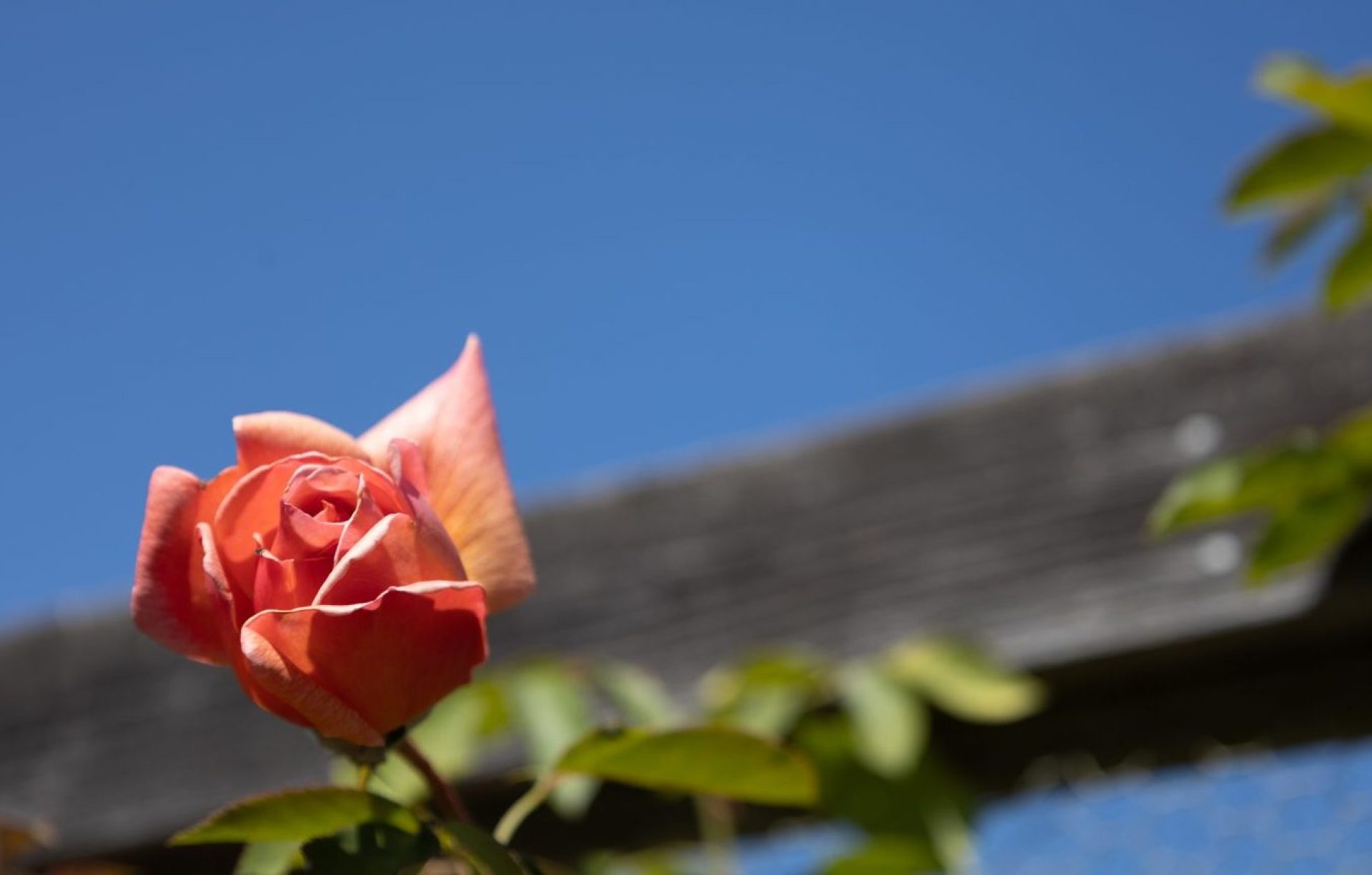6/30/2021: This is the fourth entry where we will take a deeper look into the Spiritual truths that are represented by the design of God’s Holy Dwelling, the Tabernacle. It’s about time!! My apologies for such an extended delay. I honestly couldn’t come up with a better description than what I found in my Types and Symbols reference book. So I’ve decided to share the scripture with you and then I will share the excerpt from that book.
In this segment, we will focus on the outer court and its design. It’s a good idea to review the original Intro Post I made to start this off. In it is a list of the items needed for building the Tabernacle and the symbolic meaning of each. This is God’s design so you know there’s a deeper meaning. Here is the link to the intro: https://baptizemyheartlord.com/2021/03/22/symbolization-the-tabernacle-and-the-body-of-christ-intro/
Note** We are going to skip Chapter 26 altogether and for now, I am skipping down to The Outer Court, we will come back to the Brazen Altar in the next segment of this series.
**Exodus 27:9-19 NKJV:
The Court of the Tabernacle
9 “You shall also make the court of the tabernacle. For the south side there shall be hangings for the court made of fine woven linen, one hundred cubits long for one side. 10 And its twenty pillars and their twenty sockets shall be bronze. The hooks of the pillars and their bands shall be silver. 11 Likewise along the length of the north side there shall be hangings one hundred cubits long, with its twenty pillars and their twenty sockets of bronze, and the hooks of the pillars and their bands of silver.
12 “And along the width of the court on the west side shall be hangings of fifty cubits, with their ten pillars and their ten sockets. 13 The width of the court on the east side shall be fifty cubits. 14 The hangings on one side of the gate shall be fifteen cubits, with their three pillars and their three sockets. 15 And on the other side shall be hangings of fifteen cubits, with their three pillars and their three sockets.
16 “For the gate of the court there shall be a screen twenty cubits long, woven of blue, purple, and scarlet thread, and fine woven linen, made by a weaver. It shall have four pillars and four sockets. 17 All the pillars around the court shall have bands of silver; their hooks shall be of silver and their sockets of bronze. 18 The length of the court shall be one hundred cubits, the width fifty throughout, and the height five cubits, made of fine woven linen, and its sockets of bronze. 19 All the utensils of the tabernacle for all its service, all its pegs, and all the pegs of the court, shall be of bronze.
We kind of went out of order with this series but that is ok! To enter into the Outer Court is the first step that we take in our spiritual Walk with God. We’ve come to recognize the destruction of sin and that we need a Savior, that Savior being Jesus Christ. This is illustrated by the act of stepping through the Gate into the Outer Court of the Tabernacle. Here is an excerpt from the Types and Symbols Book “Connections” describing the Outer Court:

You can purchase a digital copy or smaller sections of this book at the Google Play Store. Here is the link:
https://play.google.com/store/search?q=glen%20carpenter%20connections&c=books
As I was surfing the web, I came across a wonderful blog article about this very same topic. It is very rich in detail with lots of scripture references. It does talk about parts of the Tabernacle that we have yet to cover but we will have a fun time revisiting those at a later date.
Anyhow, here is the link to that article. Enjoy!
https://blogs.bible.org/the-tabernacle-of-moses-gods-heavenly-pattern-for-our-spiritual-transformation-part-i-the-outer-court/


